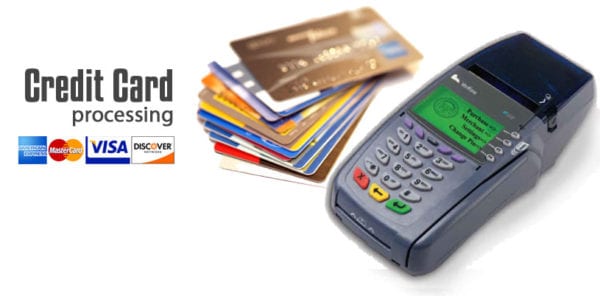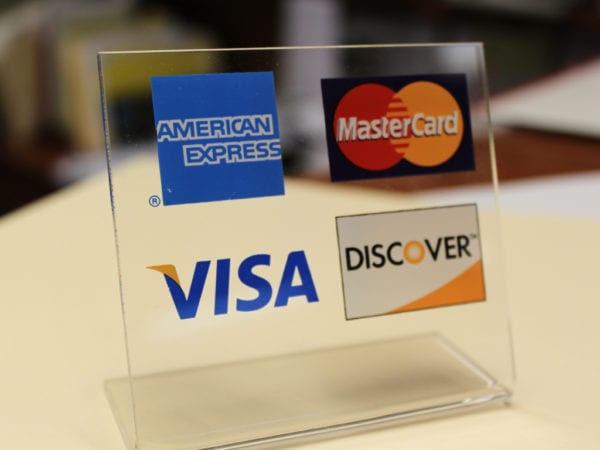
You might not know it but everything in life except death (and sometimes taxes) is negotiable. This is also true for the credit card processing fees that your business pays but it’s not widely known and you will need to understand the basics of how credit card processing works to get the best deal from your vendors.
However, it’s very much worth negotiating on these fees – they often represent a significant expense for small businesses and can mount up substantially across the course of a year. That means you’re going to want to bring some vendors in and see how you can get that bill down as far as possible – without compromising the service levels that you provide to your customers.
Step 1 – Do You Need a Merchant Account?
Before you start negotiating payment processing rates; you might want to consider whether you need a merchant account or not. While merchant accounts generally offer great value to businesses which deal with high volumes and high values of transactions; business which aren’t taking a lot of money in credit card payments (typically those carrying out less than $2,000 a month in transactions) will get better value by working with a merchant aggregator.
Merchant aggregation services such as PayPal and Square typically charge a higher transaction fee than a merchant account but have no monthly charges or equipment charges. When you exceed $2,000 each month – the higher transaction fees exceed the costs of monthly charges and you’re better off with a merchant account.
If you do need a merchant account; you should be aware that while the initial rates offered by vendors may vary substantially – they all work on nearly the same basis as businesses which means that you should be able to get your vendor of choice to match the best deal on the market.
Step 2 – Understand Interchange-Pass-Thru Pricing
Interchange-Pass-Thru Pricing which is sometimes referred to as cost plus or interchange plus is the best pricing model to do your shopping around on. Why? It’s because it’s the most transparent model for credit card processing pricing. You should be easily able to compare offerings from vendors when they’re phrased in the same clear language.
This kind of pricing was once only available to the biggest retailers because it reflects the network fees that the card processor will pay Visa, Mastercard, etc. but today it’s pretty much available to anyone but only if they ask for it.
Vendors don’t typically offer interchange-pass-thru pricing as a standard offering because it makes it harder for them to extract the maximum value out of a customer relationship. They earn their cash by adding their charges to the network fees that they pay to the card companies; so they like to keep that as high as possible.
Whilst there are definitely better prices granted to those retailers with the highest-volumes and values of transactions; you can get the best rates by comparison-shopping between vendors. You want to ask a minimum of 5 and ideally more vendors for a quote so that you can use them to form the basis of your negotiations.
Step 3 – Ask The Vendor To Price Match

Once you have the quotations from each vendor for their processing fees; it’s time to do a little analysis. The best way to do this is to create a spreadsheet in Excel or your favorite spreadsheet package and list every fee for a provider in columns going down the sheet. Then highlight the cheapest option in each row. These are the costs that you are aiming to get your preferred vendor to deliver.
You’ll know which processor you prefer in terms of reputation or relationship manager. Approach them and say; “We’d love to do business with you but here are the best terms we’ve been offered – please could you match them?”
They may haggle a little but you should find that most vendors will match any reasonable price that a competitor is offering.
Step 4 – Consider the Obligations of Free Equipment
Vendors love to offer free equipment such as POS (Point of Sale) solutions or credit-card terminals. However, it’s fair to say that “free” comes at a price. It’s like taking on a mobile phone; if you intend to use the phone for exactly the period of the contract and not a day more – you’ll probably find that the deal is fair and costs very little more (if any) than paying for a phone outright. However, if you intend to stick with a supplier for a long-period of time without changing equipment; the supplier starts to rake in a lot of extra cash for that equipment which is buried in the fees they charge.
This can mean it’s better to buy the equipment and obtain lower rates. It’s also advantageous to buy independent POS and terminal systems because vendors often refuse to support systems supplied by a different vendor.
Step 5 – See If You Can Go “Contract Free”
If you’re not taking a vendor’s equipment; there’s absolutely no reason that you should have to sign a minimum commitment term with a payment processing vendor. None.
That means if you’re buying that equipment elsewhere, you should ask for the vendor to supply their services on a month-by-month basis. If they agree – make sure that you get that in writing. We’ve heard the occasional case where a vendor has tried to enforce default contract terms when the client didn’t have a written confirmation of the month-by-month arrangement.
Step 6 – Before You Sign, Test The Service

Ask the vendor to supply you with all the documentation that they supply a new client and including a copy of a transaction statement. You want to make sure that all the data your business will need is on the statement and that it’s easy to read and understand. If the statement is in any way unclear – go back to your vendor selection process and choose another vendor. You must be able to get what you need from a vendor as well as a good price.
